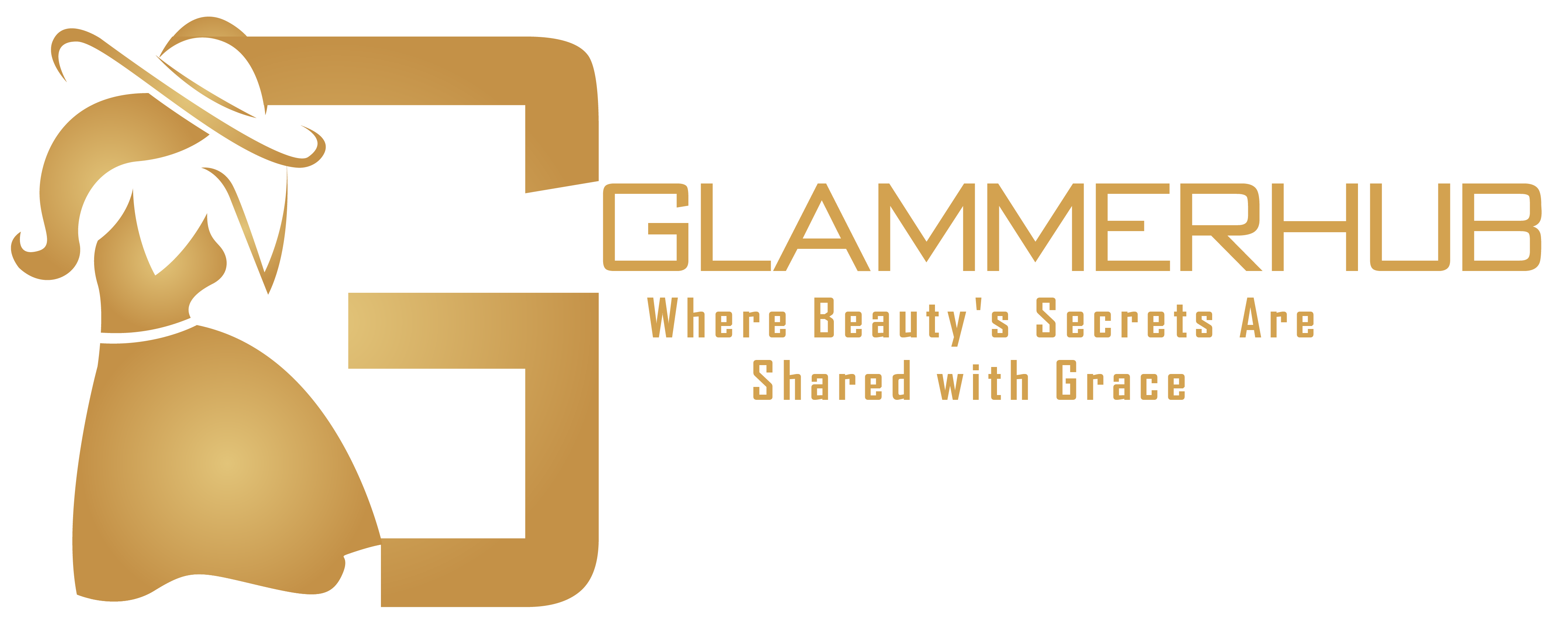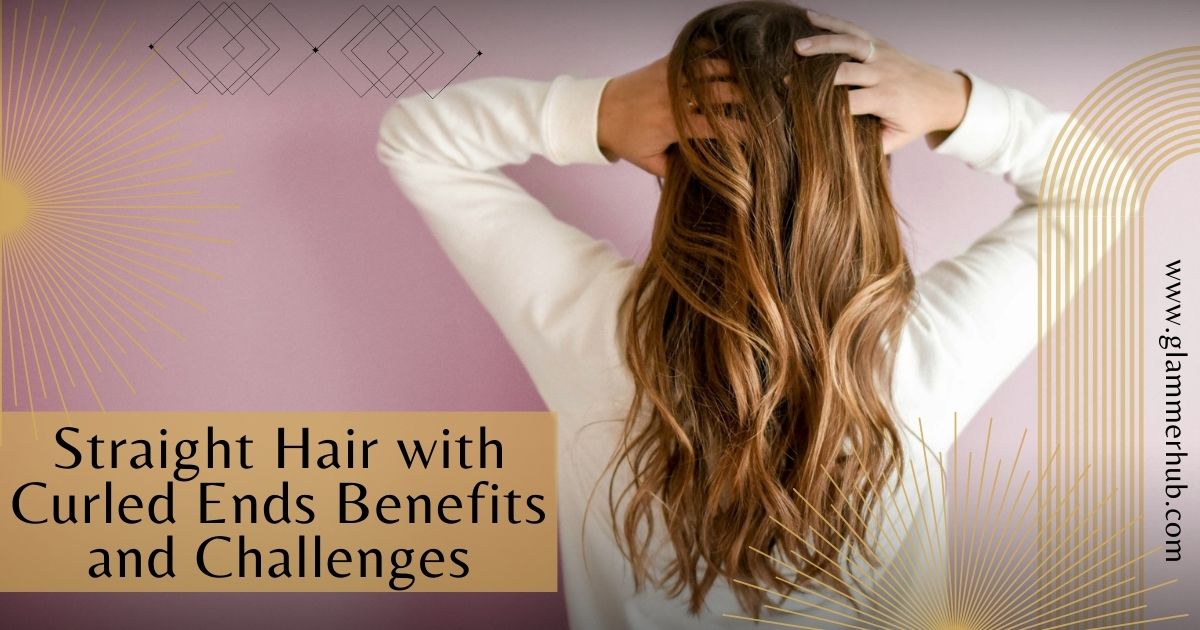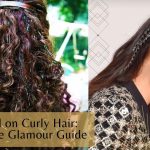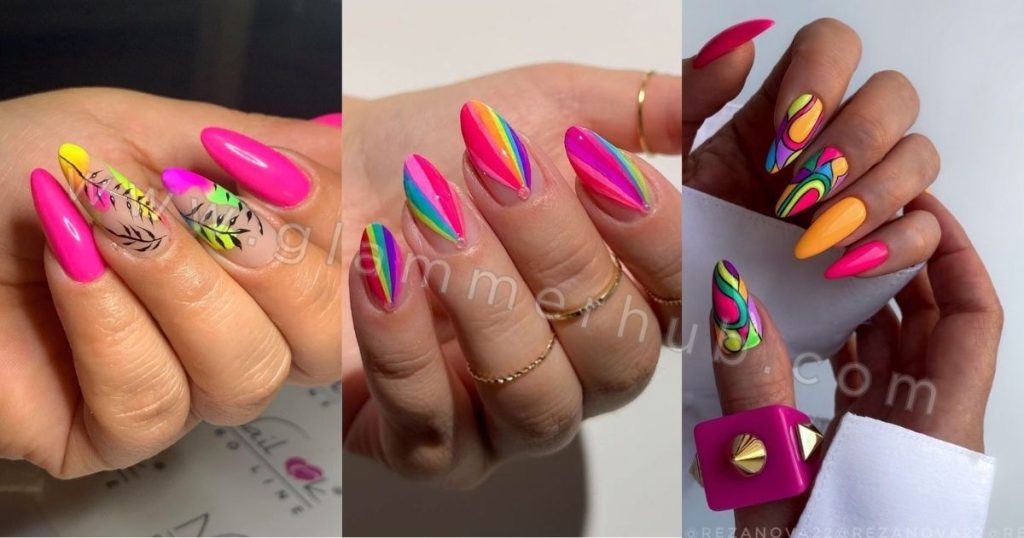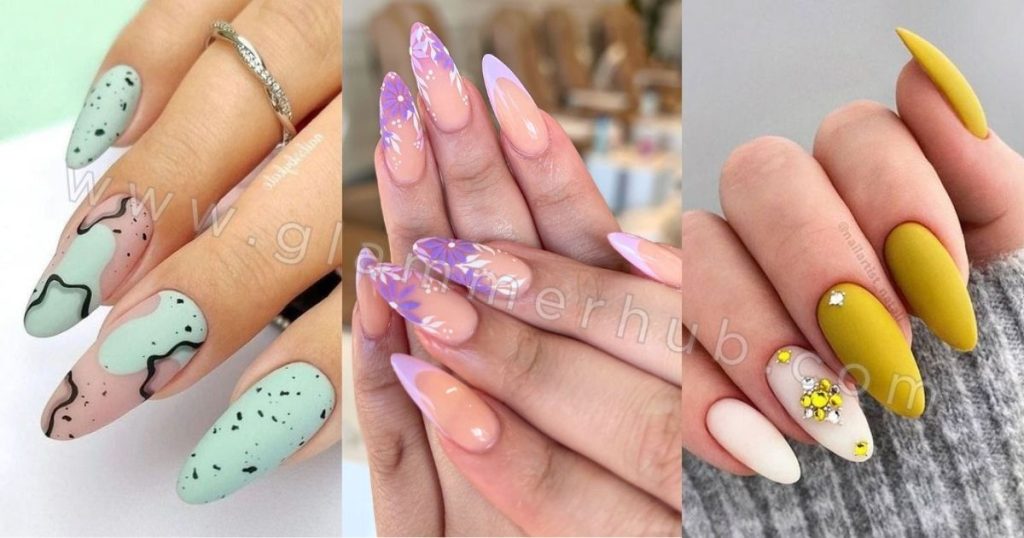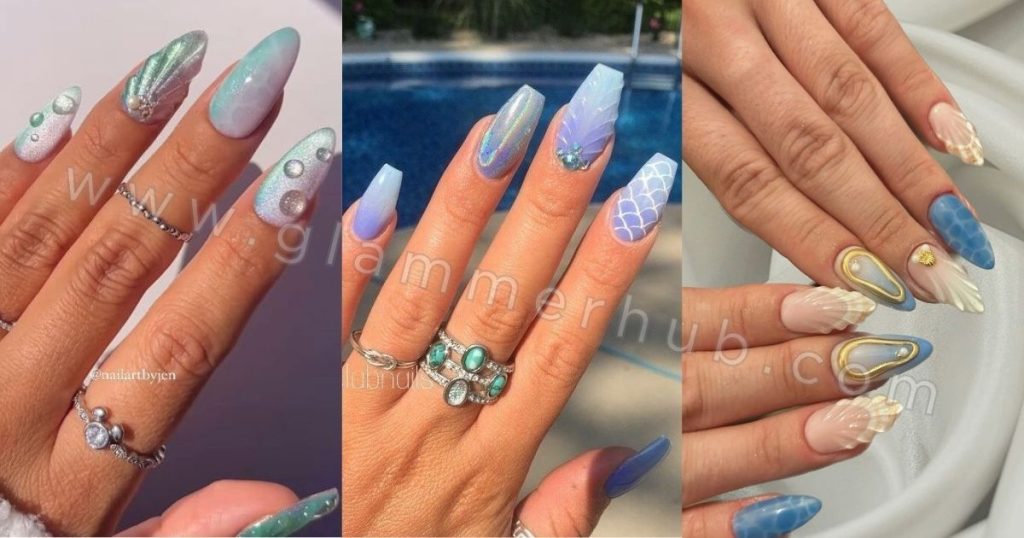Have you ever considered why your hair, typically straight, may develop charming curly hair at the bottom? Whether it’s straight hair with curled ends or straight hair with curls at the bottom, this delightful transformation can be attributed to various factors.
The natural round shape of hair strands, genetics, hormones, styling choices, and even the impact of humidity all play a role in creating those endearing curls.
Imagine having beautifully straightened hair with curled ends, a hairstyle achieved with products like straight hair with curled ends medium length or straight hair with curled ends short. Even the classic straight hair with curled ends layers or straight hair with curled ends goddess braids styles can add a touch of glamour.
Whether you’re experimenting with a straight hair with curled ends tutorial or opting for a more natural straight hair with curled ends blowout, the result is a unique fusion of elegance and playfulness. From urban ponytails to the influence of butterfly clips, your hair’s versatility is showcased in various ways.
So, if you find your hair ends curling up unexpectedly, remember that it’s not just about straight hair with curled ends hairstyle options – it’s a testament to your hair’s adaptability. Embrace the curls on the bottom of the hair and let your locks narrate a story of diversity, where straight hair meets the whimsical charm of curls at the end.
How to Explain the Curly Ends of Straight Hair
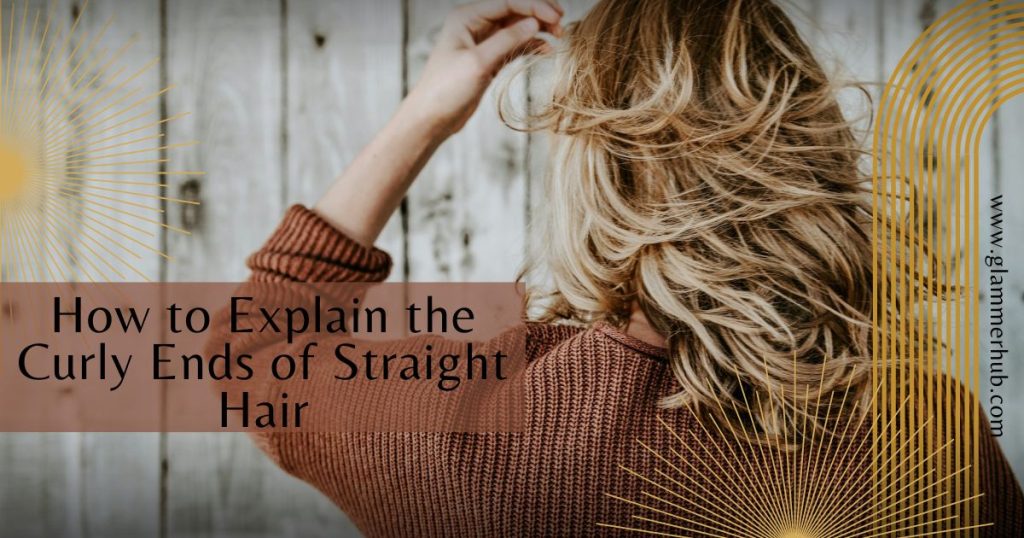
Discovering curls at the ends of your once perfectly straight hair can be surprising. Whether it’s a nod to 90s trends or a modern twist with bangs, these unexpected curls introduce a new dynamic to your style.
While some embrace the change, others find their established hair routines challenging. If you’re puzzled by this transformation, explore the diverse factors behind it. From straight hair with curls to straightened hair with curls at the bottom, unravel the secrets of your newfound hair charm!
1. Genetics
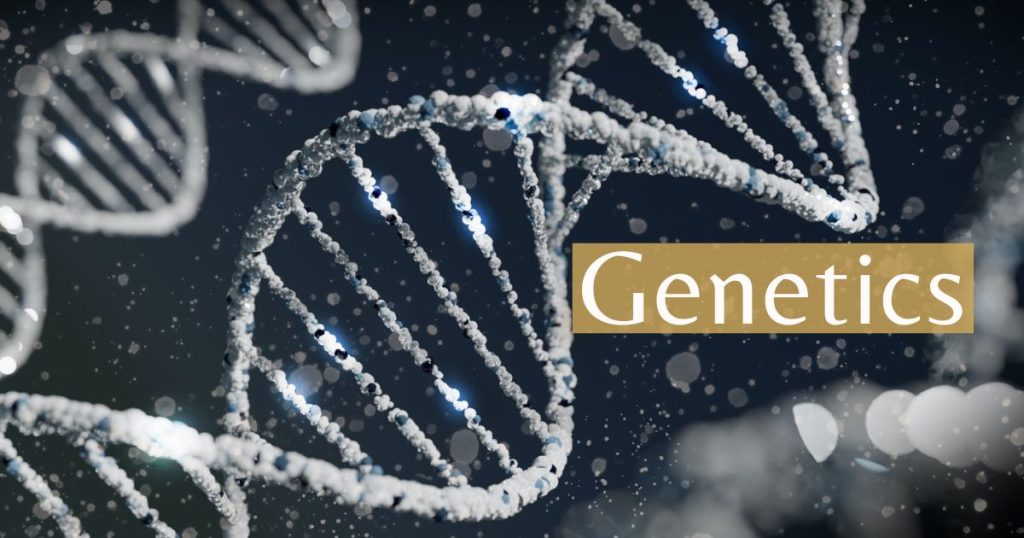
The primary factor behind the incident of straight hair with subtle curls at the ends is often attributed to genetics. When examining the roots of this phenomenon, it becomes evident that the genes governing hair type play a crucial role in the display of curly ends.
Additionally, if you’ve inherited a combination of genes from parents with curly and straight hair, your hair likely follows suit. This hereditary influence stands out as the prevailing explanation for the prevalence of such hair.
2. Weight of the hair

Long hair comes with the advantage of ideal weight, resulting from the various experiences it has collected over the years. The wear, tear, and dehydration that long hair undergoes can influence its overall texture, leading to curls at the ends despite the straightness at the beginning. The uneven distribution of the hair’s weight contributes to the formation of curls at the ends, giving the hair a distinctive and textured appearance.
3. Length
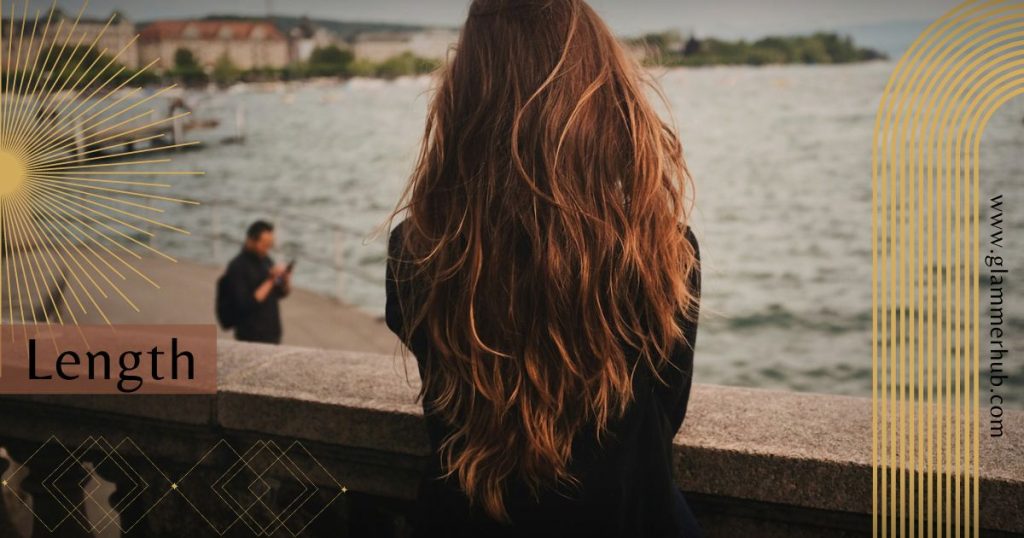
Now, let’s consider the length of your hair. As your hair falls downward, the ends naturally intertwine, producing the particular look of straight hair with curls at the end.
This phenomenon is particularly notable in Indian hair, renowned for its enchanting appearance—long and straight at the top, gracefully transforming into curls at the very end.
Imagine your hair as a lengthy rope, elegantly curling at its bottom, showcasing the beauty of straight hair with curled ends.
4. Split ends
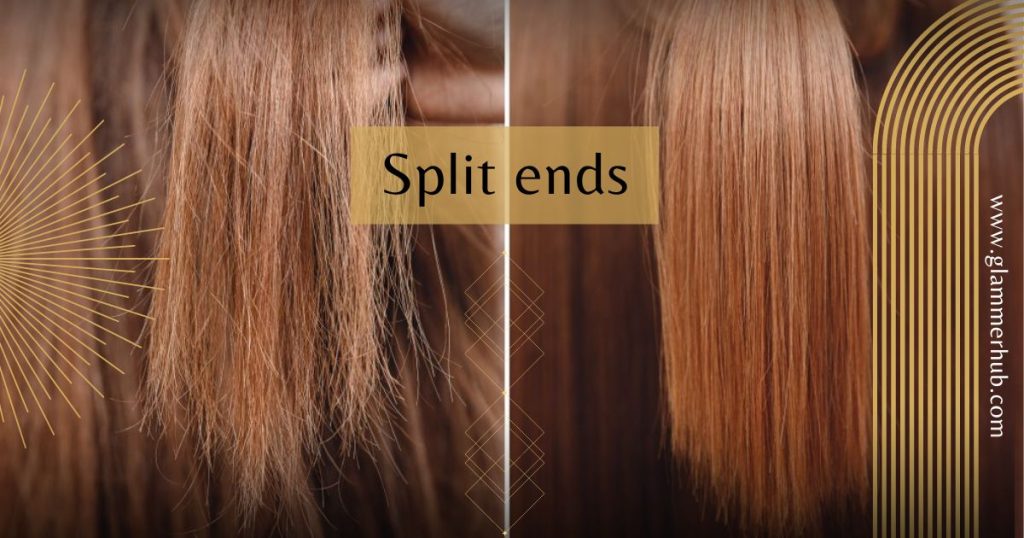
When we discuss the challenge of having curls at the ends of straight hair, it’s often linked to the issue of split ends. Split ends when the tips of your hair become damaged, mostly due to neglecting proper care.
Longer hair is more prone to breakage, and sadly, the ends often get less attention, leading to split ends. These split ends not only affect the health of your hair but also cause tangling, giving your hair an unwanted curled-up look.
Fixing split ends is vital for keeping your hair healthy and straight, free from those unwanted curls at the bottom.
5. Stress
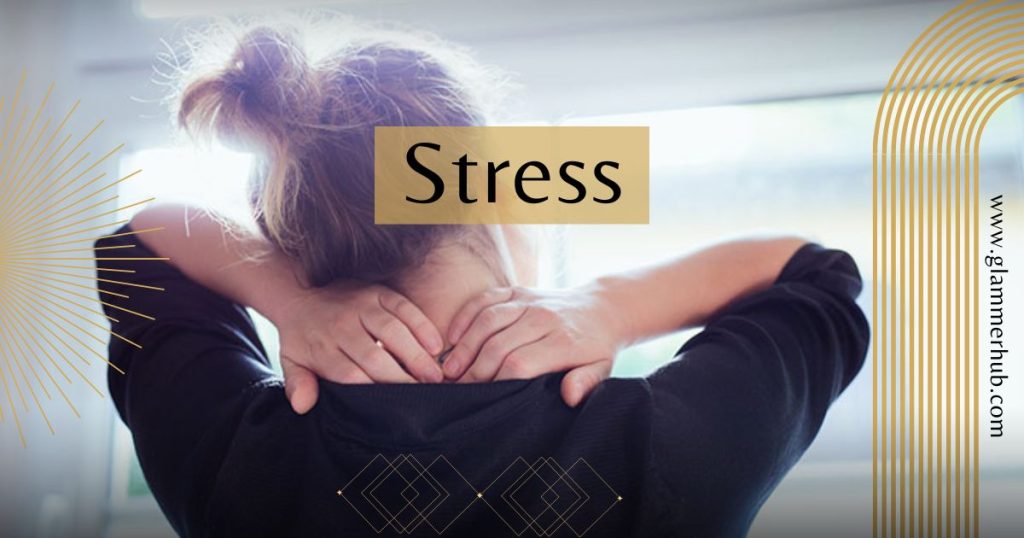
Experiencing significant life stressors may not seem like a direct cause, but they can affect how your hair looks and feels. When going through stressful times, your hair may not receive the usual care, resulting in a softer texture.
This can lead to issues like hair fall and unruliness. You might notice a shift from straight hair to curls at the ends. Thinner hair, caused by hair fall, becomes more prone to shape changes, showcasing how stress directly impacts the overall condition of your hair, leading to straight hair with curled ends.
6. Vitamin D deficiency
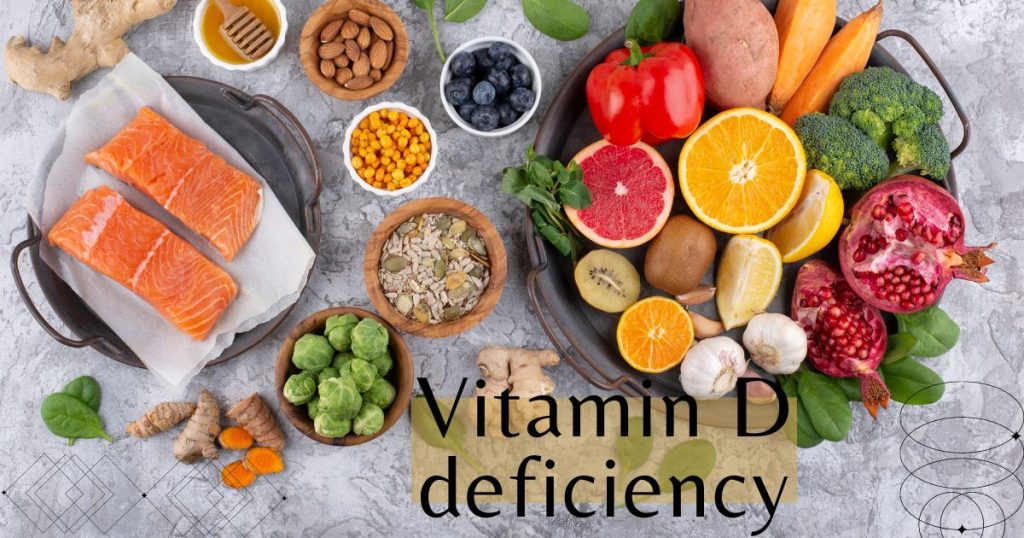
Inadequate vitamin D levels significantly contribute to the degradation of hair quality. When facing hair issues, a prominent factor could be a severe deficiency in vitamin D, heightening vulnerability to breakage and impeding healthy hair growth.
Hair thinning, a consequence of this deficiency, alters the overall structure and fosters the emergence of split ends. Consequently, these combined factors eventually lead to straight hair with curled ends.
Prioritizing ample vitamin D intake is essential for maintaining optimal hair health and preventing the cascade of issues affecting its quality, such as straight hair with curled ends.
7. Hairstyle
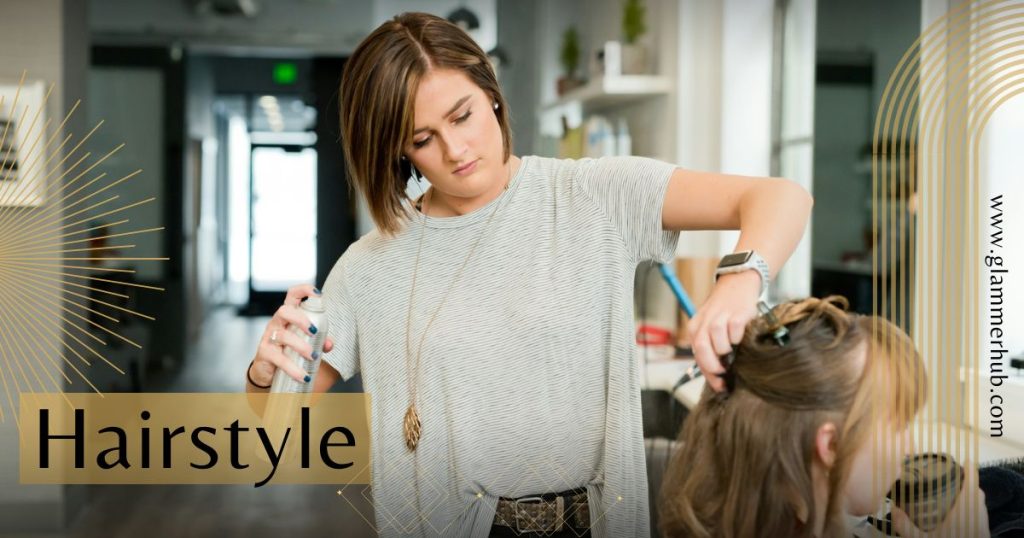
Our choice of hairstyle often plays a significant role in framing our faces and heads. However, when you have shoulder-length hair or bangs, a common occurrence is the tendency for the ends to curl up. This phenomenon is often attributed to the friction experienced at the ends of the hair. The direction in which the hair ends are oriented also contributes to the development of these curls. To address and minimize such curls, opting for layered haircuts becomes a practical and stylish solution. Layers help manage the friction, providing a more controlled and structured appearance to the hair, and reducing the tendency for the ends to curl up.
8. Pregnancy / Hormonal changes
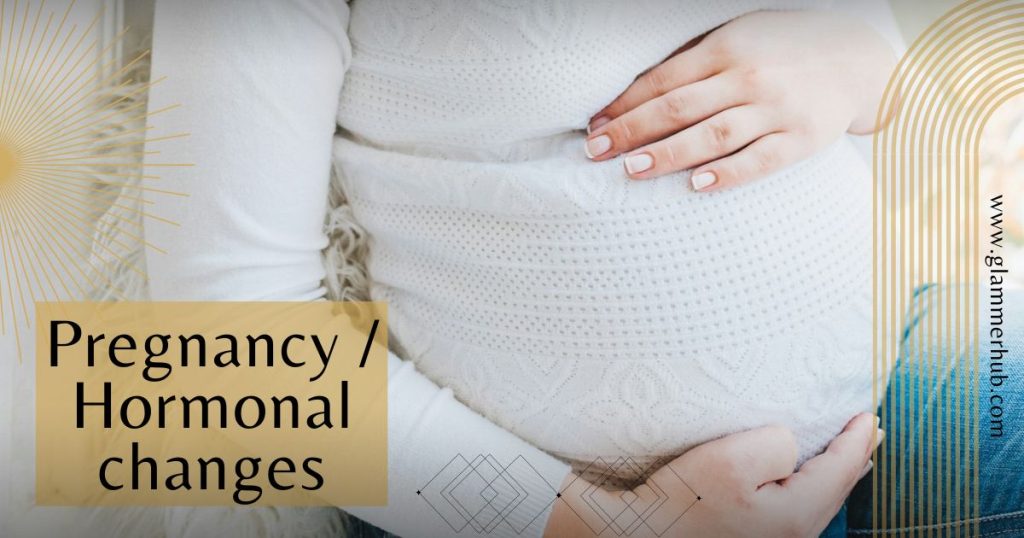
During pregnancy, your body changes; one standard change is in your hair. Many women notice more hair falling out and a shift in how their hair looks, especially towards the ends where it might start to curl. This happens even if your hair is usually straight.
Hormones, which can cause changes in your body during big moments like pregnancy, make your hair curly at the ends. It’s like a rollercoaster ride for your hair caused by these hormones.
This curling at the ends of your hair can also happen because of hormonal changes from stress, puberty, or menopause. If your hair shows curls at the ends, it could be a sign of something related to hormones.
9. Climate changings
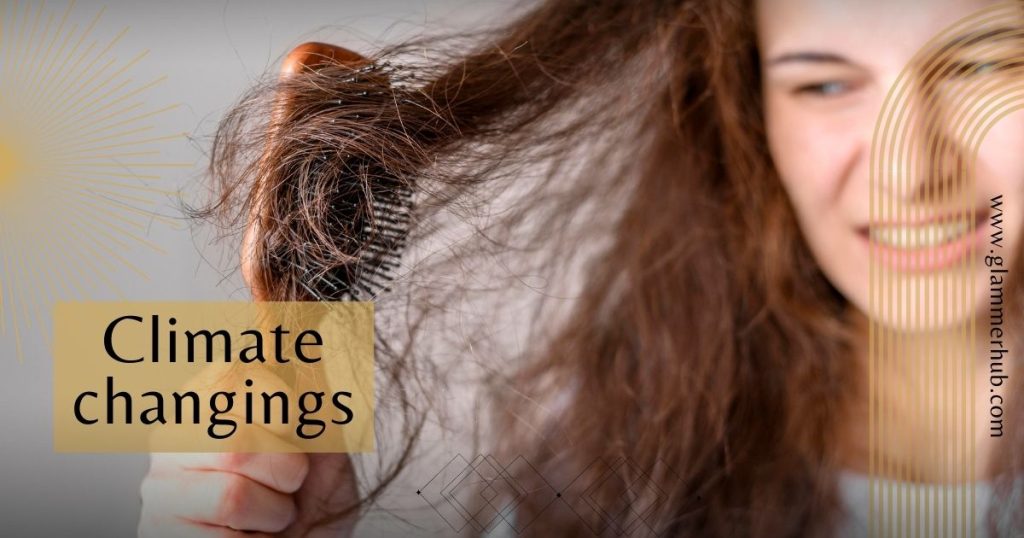
Curls appearing at the bottom of your hair may come from humidity and the sun, making your hair frizzy and causing split ends. To keep your hair safe from the sun, wind, and pollution, use products that protect it from UV rays or wear a hat when outside.
Nobody likes split ends, and they happen to all hair types. They occur when the protective layer around the hair gets damaged, usually because of things like using hot styling tools and being around harsh chemicals and the sun.
10. Poor diet
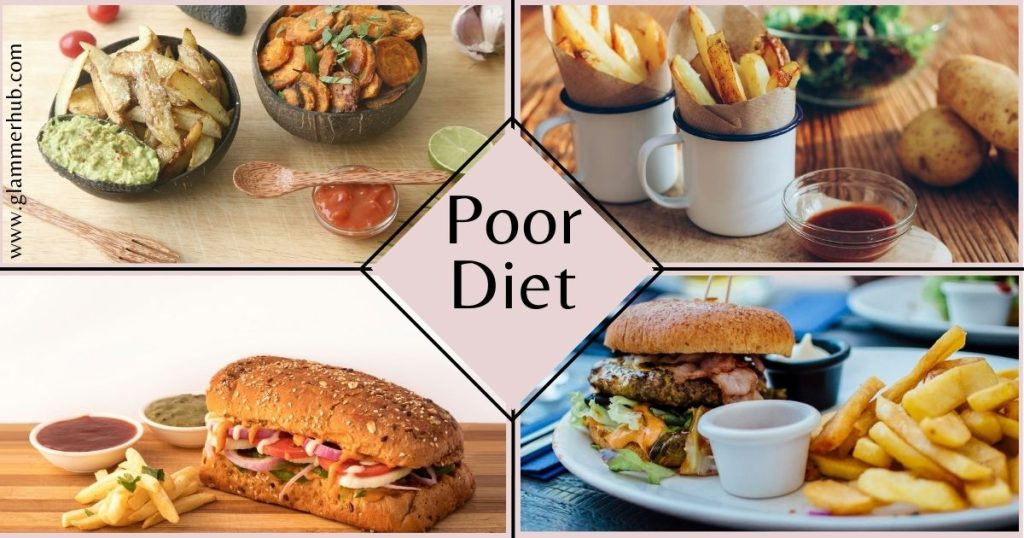
When it comes to your hair, what you eat matters. It’s not just about eating any food; it’s about getting the proper nutrients. If your diet lacks essential nutrients, your hair can become dry, and brittle, and even develop curls at the ends.
To make your hair healthier, a diet with all the essential nutrients. One significant change is ensuring you get enough protein because it’s like the basic building block that makes your hair strong and healthy.
If you don’t get enough protein, your hair might become weak and break easily, so it’s important to include protein in your diet for the best hair care.
11. Heat Damage
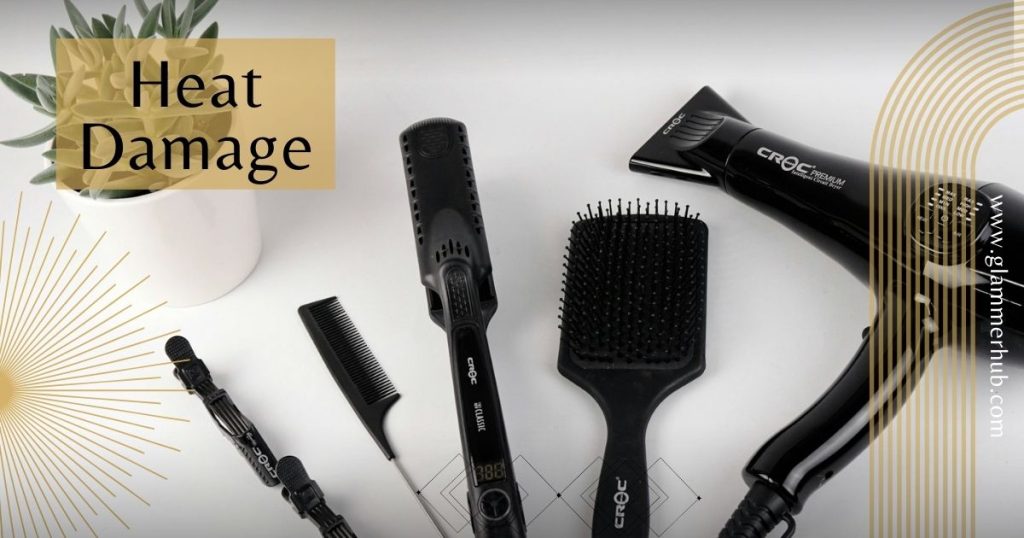
Using hot styling tools like curlers and straighteners can seriously change your hair and cause permanent damage, making the ends become waves or curls. This happens because the heat messes with the proteins in your hair, making it weak and likely to break.
To stop this damage, use special sprays that protect your hair when you style it with things like flat irons or curling wands.
Be careful, too much heat can take away the outside layer of your hair, making it dry and causing split ends, eventually making your hair curl at the ends. So, it’s essential to protect your hair from too much heat to keep it healthy and looking good.
12. Over-Processing
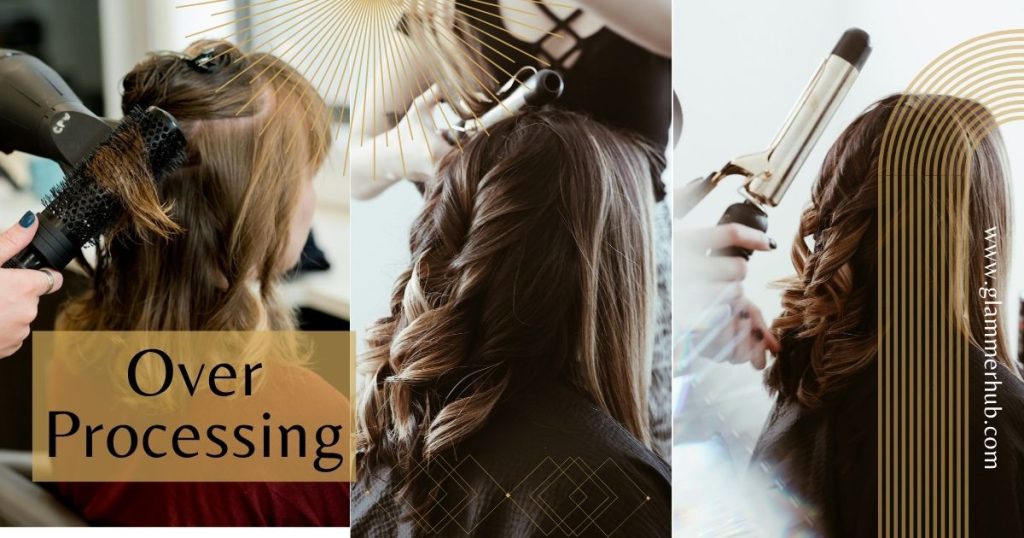
Using heat styling tools, hair dye, or strong chemicals too often can make your hair go through too much processing, making it brittle and causing it to curl at the ends. These treatments change how your hair feels, making it harder to keep its natural curl.
If you think your hair has been processed too much, try using deep conditioner or lessen how often you use heat styling tools and chemicals on your hair.
13. Moisture Deficiency

If your hair feels as dry as a desert, it might decide to curl at the ends. Curly hair is often naturally dry because the oils from the scalp struggle to reach the tips. When your hair gets dry, it becomes lighter and bouncier, leading to curls at the ends.
Use conditioner and regular deep conditioning treatments to keep your hair healthy to keep it hydrated. Naturally dry hair is more likely to curl at the ends because it can be fragile and easily break.
If the ends are damaged, your hair might form loops at the tips. So, taking good care of your hair is essential, as well as keeping it moisturized with conditioner and regular deep conditioning.
14. Product Overload

Hair curling at the ends may be due to product buildup, especially from silicone-based products that can be challenging to wash out. A clarifying shampoo once or twice a week can help remove the buildup.
Damage is another factor, as damaged hair is more likely to break, leading to fraying and bending at the ends. Additionally, heavy or silicone-based products can leave residue, making hair look dull and lifeless with less defined curls.
To refresh your hair, use a clarifying shampoo periodically to eliminate residue and restore vibrancy. Product buildup, including shampoos, conditioners, styling products, and natural oils, can alter hair texture, causing curls at the ends.
15. Wrap Up!
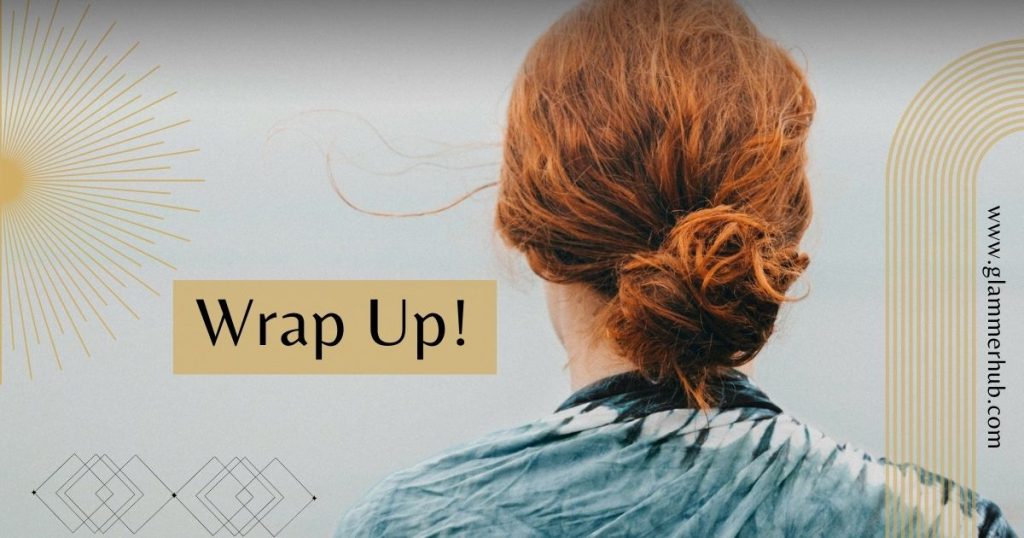
If your hair is straight but curls at the ends, it might be because it’s dry, brittle, or prone to breakage. Washing removes natural oils, making it drier. Using too much heat or chemicals for styling can also cause this.
To fix it, try these tips: Keep your hair moisturized and avoid excessive styling. This will help make your hair healthier and straighter. Remember, healthy hair is less likely to curl at the ends. So, take care of your hair, and you’ll have straight hair with no curls at the bottom!
How to take care of straight hair with curly ends?
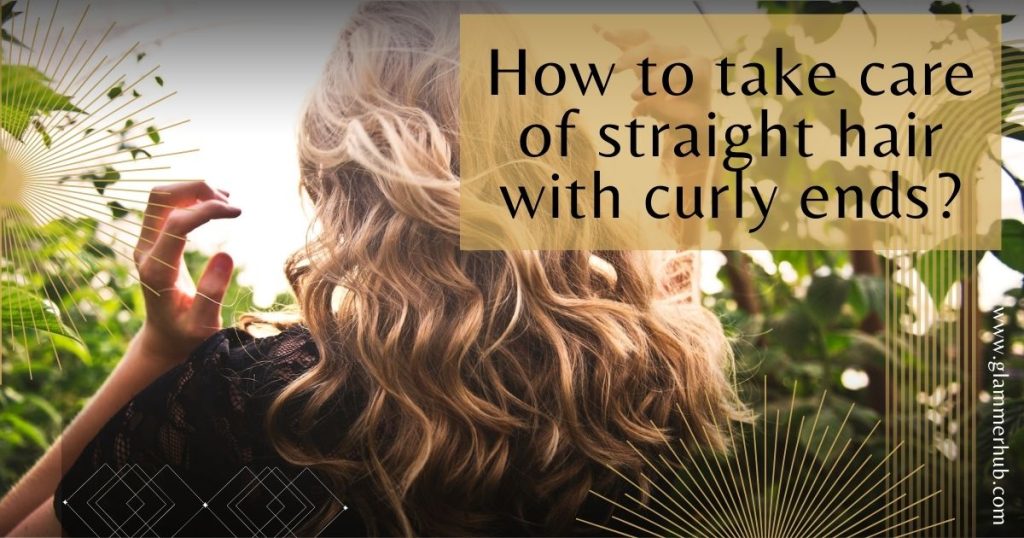
When you have straight hair with curls at the ends, there are effective treatments to consider. Here are some tips for caring for your curled ends:

Regular Trimming:
It’s best to get a haircut every three months for optimal hair growth. However, trimming your hair at least once every six months is important to get rid of split ends and encourage healthy growth, especially for the ends of your curls.
Haircut:
Unlike a trim, a haircut involves a complete transformation of your hairstyle. Choosing layers is great for dealing with curled ends as they reduce friction at the tips and create a new structure for your hair.
Proper Hair Care Routine:
Establishing a consistent hair care routine is crucial for maintaining your curls. Weekly deep conditioning enhances hair health. Also, consider minimizing the use of styling tools like curlers and straighteners to preserve the natural curls of your hair.
How to style straight hair with curls at the end?

To style straight hair with curls at the ends, follow these steps:
Apply Heat Protectant
- Start by applying a heat protectant to your hair, especially if you plan to use heat tools. Also, use a smoothing gel to minimize frizz.
Straighten Your Hair
- Divide your hair into small sections and straighten each section separately. Begin straightening from the bottom and gradually work your way up to the front.
Add Curls to the Ends
- After straightening, move on to curling the ends. Utilize a curling iron and work in small sections to create curls at the bottom, focusing on approximately one-third of the hair length from the start.
- This step gives a delightful touch to your straight hair with curls at the ends.
How Do I Stop My Hair From Curling at the Ends?
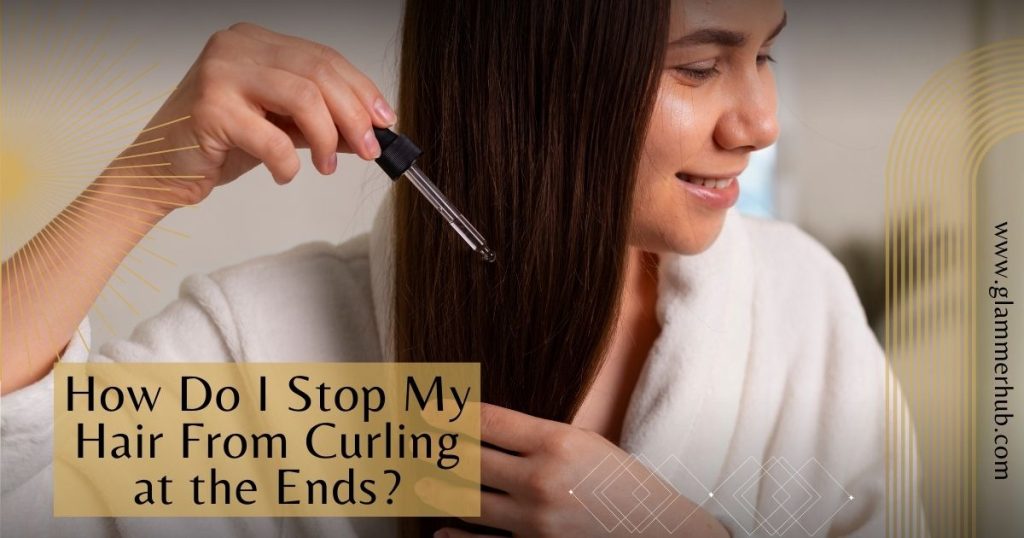
To prevent your hair from curling at the ends, try these strategies:
- Regular Trims: Schedule trims every 6-8 weeks to maintain hair health and reduce split ends, minimizing the chances of end curling.
- Hydrating Shampoo and Conditioner: Use moisturizing shampoo and conditioner to combat natural dryness in curly hair, keeping it well-hydrated and less prone to curling at the ends.
- Deep Conditioning Treatments: Include weekly deep conditioning treatments for extra moisture and nutrients, helping your hair stay straighter at the tips.
- Avoid Heavy Products: Skip heavy hair products that can weigh your hair down, opting for lightweight, curl-defining alternatives to prevent end curling.
- Limit Heat Styling: Minimize the use of heat-styling tools to prevent damage and curling at the ends. Apply a heat protectant spray if necessary.
- Protect from Environmental Factors: Shield your hair from excessive sun exposure, wind, and pollution. Consider using products with UV protection or wearing a hat.
- Gentle Hair Care: Avoid excessive brushing or combing to maintain your hair’s natural pattern. Use a wide-toothed comb or fingers for gentle detangling.
- Embrace Natural Hairstyles: Work with your hair’s natural tendencies by embracing styles that complement its curl, allowing it to flow freely.
Remember, everyone’s hair is unique, and finding the right routine and products may require experimentation. Be patient and appreciate the natural beauty of your hair, regardless of its texture.
Why Does Hair Curl as It Grows Out?
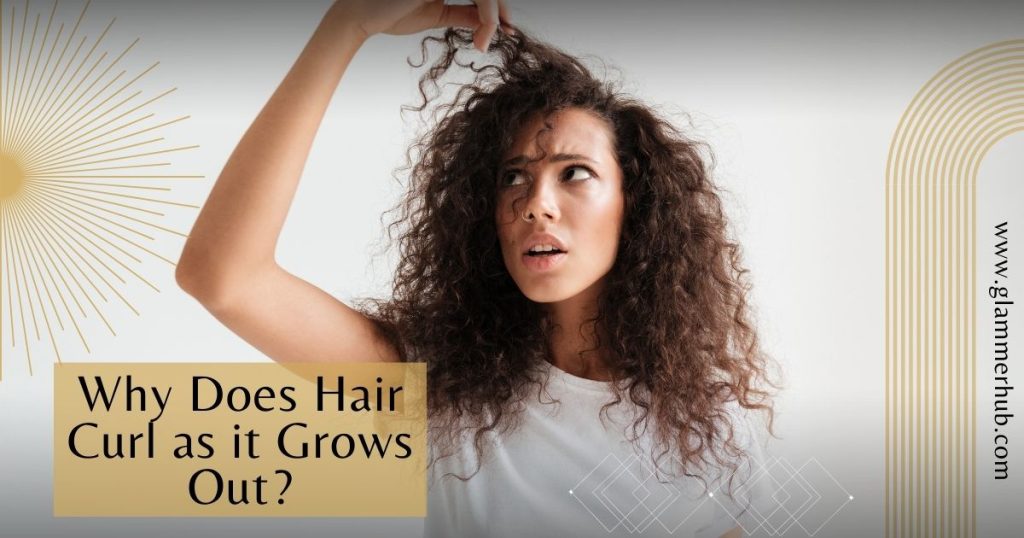
Hair’s inclination to curl is rooted in the distinctive shapes of our hair follicles. Imagine each follicle possessing a unique design that guides the growth of your hair.
When follicles are circular, hair tends to grow straight. Conversely, if they take on an oval shape, charming curls or waves are more likely to form. The follicles, often oval, play a pivotal role in determining the natural curliness of your hair.
Within your hair, robust protein bonds known as disulfide bonds provide structure and strength. In curly hair, these bonds assume irregular shapes and are dispersed, causing the hair to twist and curl.
Throughout the growth phases, particularly the “anagen” phase when hair actively grows, it may appear straight or curly due to various factors.
Genetics also plays a significant role in determining your hair’s natural curl. If your parents have curly hair, chances are you might too. Although styling tools and treatments can temporarily alter your curl pattern, the inherent curl is predominantly shaped by these factors.
Embrace your natural curls or waves—they contribute to your unique identity!
Read More:
Setting Spray Alternatives Unveiling the Hidden Gems
Showering After an Ice Bath Myth or Necessity
FAQ’s
Why does hair curl naturally?
- Hair curls naturally due to the shape of hair follicles and the presence of irregularly shaped disulfide bonds, creating twists and curls.
What role do protein bonds play in hair curling?
- Protein bonds, especially disulfide bonds, provide structure to hair and contribute to its curling pattern.
How does the growth phase impact hair curling?
- The “anagen” phase, when hair actively grows, influences whether hair appears straight or curly based on various factors.
Is hair curling determined by genetics?
- Yes, genetics significantly influences the natural curl pattern of hair.
Can external factors change the natural curl pattern of hair?
- Yes, factors like heat styling, chemical treatments, and hair care practices can temporarily alter the curl pattern.
How can I embrace and enhance my natural curls or waves?
- Embrace your natural curls with suitable products and a gentle hair care routine.
Can hair curling change over time?
- Yes, factors like age, hormonal changes, and health can influence changes in the curl pattern over time.
Can I change my hair’s look without compromising its natural curl pattern?
- Yes, styling tools and products can experiment with different looks while maintaining the natural curl pattern.
Conclusion
In essence, the art of curling hair is influenced by genetic intricacies, follicle shapes, and the intricate chemistry of disulfide bonds. The phases of hair growth unveil the dynamic nature of our locks, with external factors providing fleeting moments of variation.
Embracing our natural curls becomes a journey of self-celebration, a testimony to the uniqueness woven into our genes. Whether straight or curled, each strand tells an individual story, transforming our hair into a canvas of identity and personal expression.
Therefore, in the realm of hair care, let our styling choices blend with the inherent beauty that defines us.
Thank you for your precious time spent with Glammerhub
